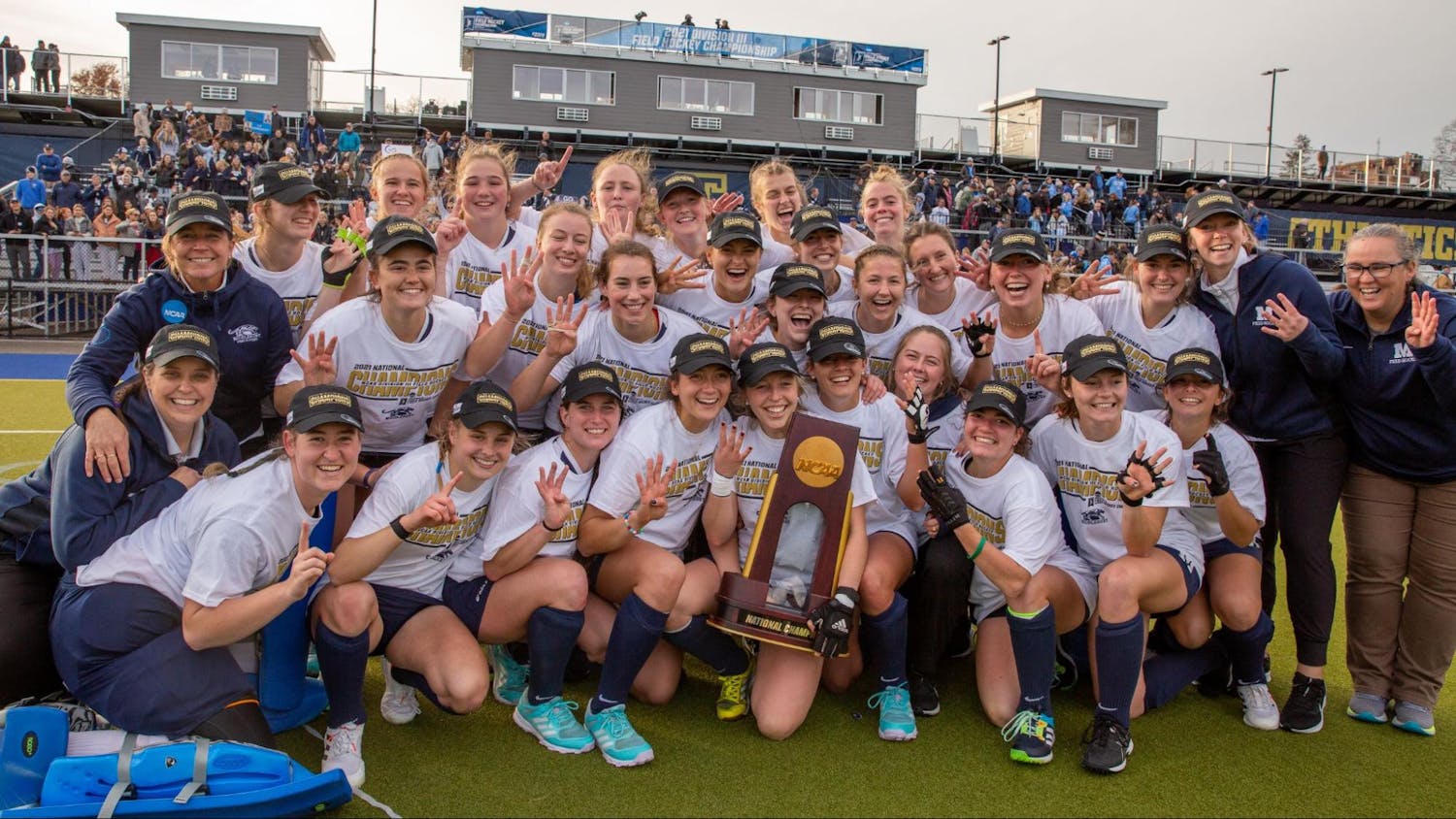Just like Jack Black’s rockstars in the famous film, “The School of Rock,” students in “The School of Bossa Nova” course gave a performance to capstone their semester-long study of the bossa nova musical tradition. Professor of Luso-Hispanic Studies Mario Higa and his Portuguese class brought to life several bossa nova standards in Robinson Hall on Dec. 1.
Bossa nova arose in Brazil during the 1950s and ’60s as a blending of the Afro-Brazilian samba tradition and American jazz, resulting in a softer feel than its parent genres. When jazz musicians are taught bossa nova, they are told to feel the groove as a sway, rather than the swing typical of jazz. Bossa nova inherits jazz chord progressions and samba rhythms, which combine to produce a delicate, trance-like atmosphere. Adding to its elegance are its soft Portuguese lyrics that capture themes of love and beauty.
In between songs, performers taught us about bossa nova’s history and its pioneers. The bulk of their repertoire was written by Antonio Carlos Jobim (a.k.a. “Tom Jobim”) and his oft-partnered lyricist, Vinicius de Moraes. The students expressed that they came to find a great appreciation for the duo’s brilliance in composing a songbook so deep. Moraes’ background in poetry and playwriting manifested in the lyrics for their creations, thus many bossa nova tunes take on a profound literary orientation.
The performers also shared the history of the bossa nova genre. Bossa nova directly translates to “new trend” or “new wave,” a fitting name given the novelty of its sound at the time of its creation. In addition to being a new invention, it was viewed as a social movement, as its popularity on the airwaves helped garner a sense of national pride among members of Brazil’s middle class.
Bossa nova also frequently reveals itself in the American cultural sphere. “Garota de Ipanema” (anglicized as “The Girl From Ipanema”), an invention in the Jobim/Moraes canon, is believed to be among the most covered songs of all time, with versions by almost any modern jazz musician, including popular musicians such as Ella Fitzgerald, Frank Sinatra and Amy Winehouse. The song’s musical components are also recognizable in other popular songs today, such as “24 / 7 / 365” by Surfaces, which has the exact same melody and rhythm, but with different lyrics and updated electronic beats. Higa’s group decided to stick to the original.
Another song that the class performed was “Castaways,” which was originally produced in 2005 for the children’s TV show “The Backyardigans.” The song was also trending on TikTok several months ago.
Other songs performed by the group, almost all of which belong to the Jobim/Moraes songbook, include “Corcovado (Quiet Night of Quiet Stars),” “Chega de Saudade,” “Água de Beber,” “Wave” and “Mas Que Nada,” the last of which is a true samba rather than a bossa and was also featured in the 2011 animated film, “Rio.”
The night’s educational interludes also touched upon the role that women have played in the tradition. For one, the most famous voice in bossa nova was that of Astrud Gilberto, who recorded and performed frequently with her ex-husband, guitarist João Gilberto, and American saxophonist Stan Getz. Beyond Gilberto, many female contemporaries have chosen to record bossa standards, notably Stacey Kent and Diana Krall.
Kent, a Grammy-nominated American jazz singer, attended the Middlebury Language Schools to learn Portuguese so that she could authentically sing bossa nova.
“This has been the most dynamic and engaging class I’ve taken at Middlebury,” Malick Thiam ’24, who played the shaker in the performance, said. “It was a perfect blend of movies, readings, lectures and discussions. Preparing for the show was so much fun — we learned the lyrics in class and during sing-along sessions at the Portuguese house.”
Higa, who played the acoustic and electric guitar at the performance, shared similar thoughts about the class, raving about his students’ commitment to the material.
“I was impressed by the level of engagement my students showed. They really bought the idea I sold to them. Since there was tons of academic material to cover, we initially did not have enough time to practice. We then started to rehearse outside of our class schedule, staying longer after class or meeting on Friday afternoons,” said Higa.




